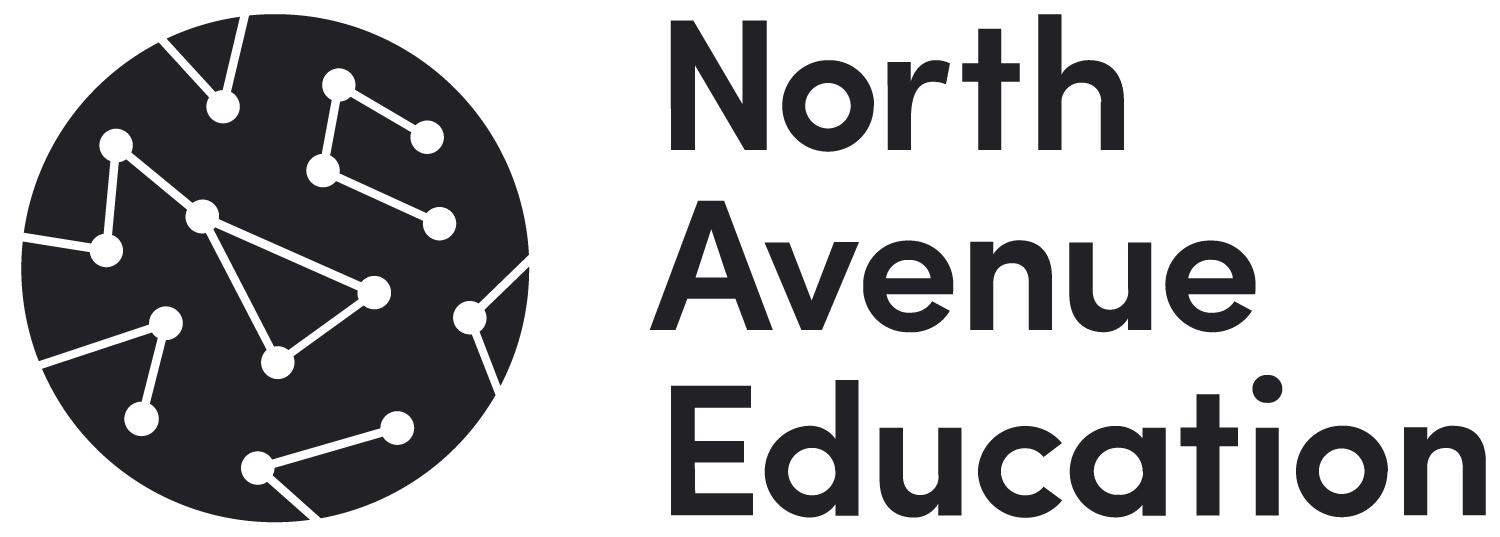Essential Study Skills: Close Reading of Literary Texts
Being able to closely read a text is a skill that will serve you in high school, college, and beyond. It’s also one of the hardest abilities to master. In this post, we will explore what close reading is and how to improve your expertise.
Picture this: you’ve just received comments from your English teacher on a recent essay draft. The comments all boil down to the same thing—more or deeper analysis needed.
Sound familiar? The question of “deeper analysis” is tricky to navigate, so let’s dive into some strategies for meeting this somewhat vague requirement.
When educators talk about literary analysis, they’re typically referring to the process of close reading. And for many students, close reading is interpreted (incorrectly) as boring, esoteric, or accomplished by heavily annotating. While annotation is one part of close reading (putting pen to paper is the best way to comprehend text!), the core of close reading is about creating connections.
Connections to Culture
Literature and culture are intimately tied together. Through reading a work of literature, you gain insight into the social and historical context during which the piece was written. Conversely, understanding the societal norms extant at the time the piece was written allows you a more nuanced take on themes present in the work.
Let’s take a look at an example: Franz Kafka’s short story “The Metamorphosis.” The story is, on its surface, strange. A traveling salesman wakes up one morning to find himself transformed into an insect, and spends the majority of the story confined to his room. Learning about the context during which the book was written, however, alters the way we interpret the text.
Kafka was born in Prague in 1883 and lived during the turn of the century—a world of societal tensions, dramatic transformations, and significant global historical events, such as WWI. Kafka was also greatly influenced by existentialism, a philosophical school of thought pondering questions such as the nature of human existence. If you were reading beyond the text, you could extrapolate that a story about a man turning into an insect could be interpreted as an ambiguous treatise on the anxiety of living during wartime and the quest for meaning in a senseless world.
Connections by the Reader
Most of us are familiar with the “blue curtains” meme. An English teacher suggests that an author included blue curtains in the protagonist's bedroom to represent their pain and sadness, but the author chimes in and explains that they just wanted the curtains to be blue. That’s it—no “deeper” meaning.
Literary analysis is often associated with this sort of logic—an interpretation must match up with what the author intended as they were writing the work. This poses a dilemma for the interpreter. Should they read the color of the curtains as a symbol, or just as a color? In other words, how much interpretation is too much?
An important approach you might be less familiar with is associated with literary theorist Roland Barthes and his essay titled “The Death of the Author.” To dumb it down, Barthes’ argument is that an author’s intentions should not matter when one is reading a literary work. The text becomes a world in itself and any connections the reader creates can potentially be valid when the reader is building an argument. The reader is actually responsible for generating meaning in and from a text.
The advice we can take away from Barthes’ essay is that you shouldn’t be afraid that the connections you’re making stray from the author’s desires. Start the writing process by overanalyzing! You can always pull back if you can’t find enough evidence for your analytical claims.
Connections to Form
Finally, we have the idea that all writing is constructed—composed of specific words, subjects, forms, and literary devices. Although an author’s intentions might not be relevant to the reader, their choices certainly are. While analyzing diction, you might consider the effect of picking a word such as “urgently” instead of using a word such as “quickly.”
There are plenty of formal elements besides diction to examine in a work of literature. For example, images within a text often function as symbols that represent some abstract idea or concept. After identifying your symbols, ask yourself: What do the symbols mean? How do those meanings influence the ways in which we encounter the rest of the text?
One of the lesser known formal elements to examine while close reading is the literal form of the text. Such elements include line breaks, paragraph breaks, punctuation, spacing, and font style. Blank spaces in poetry may express silence, whereas William Faulkner’s run-on sentences replicate the associative nature of human thought. Close reading is all about looking for the patterns present in a text, as well as where those patterns are disrupted.
To sum everything up:
Close reading begins in the text, but quickly explodes outwards, toward the many ways the text connects to and touches upon various parts of our existence. You’re essentially answering the questions: Why is this text relevant? Why is it worth reading?
Textual interpretations are not limited by what the author meant while they were writing the text. Literary texts are constantly changing based on each interaction with a reader—gaining a new life and form with each new interpretation. Don’t feel hemmed in when analyzing a text! As long as your analysis has its foundation in the text itself, you have plenty of opportunities to create new meaning out of the work.
Formal, technical elements can be manipulated to create a particular effect. When close reading, you should look for those patterns that contribute to the overall feeling of a text.
For further guidance on analytical reading and writing, reach out to our team of expert writing tutors.


























